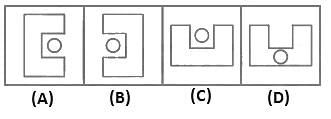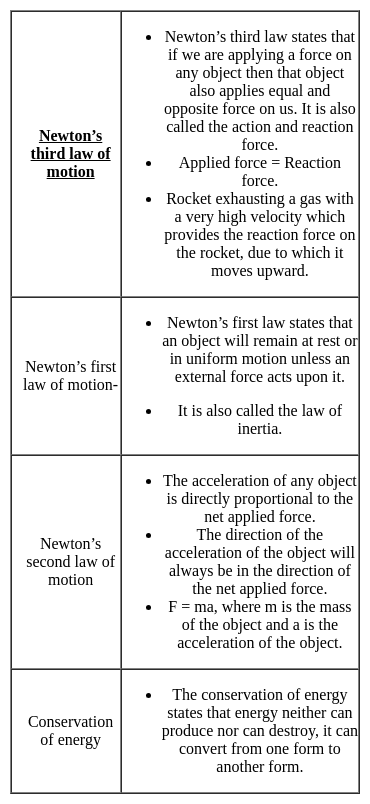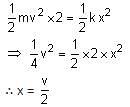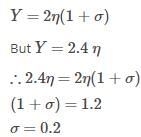KVS PGT Physics Mock Test - 6 - KVS PGT/TGT/PRT MCQ
30 Questions MCQ Test - KVS PGT Physics Mock Test - 6
The outermost shell of a ______ element has two electrons.
The working principle of a rocket engine is based on the-
| 1 Crore+ students have signed up on EduRev. Have you? Download the App |
Which figure from the answer figures will replace the question mark (?) in the problem figures?
Problem Figures:

Answer Figures:



Which is the shortcut key to view slide in MS-PowerPoint?
The term 'Curriculum' in the field of education refers to:
Which of the following statement regarding the learning-centered approach is/are correct?
I. It is basically learner-centered, but includes teachers in the process of learning in a classroom situation.
II. It helps students acquire competency in skill areas and creates lifelong learners.
______health committee was set up to assess the health condition of India.
In a Young's double slit experiment, a small detector measures an intensity of illumination of I units at the centre of the fringe pattern. If one of the two (identical) slits is now covered, the measured intensity will be
A parallel beam of light in air makes an angle of 47.5∘ with the surface of a glass plate having a refractive index of 1.66. What is the angle between the reflected part of the beam and the surface of the glass?
A sinusoidal voltage of peak value 283 V and frequency 50 Hz is applied to a series LCR circuit in which R = 3 Ω, L = 25.48 mH, and C = 796 μF. Power dissipated in the circuit; and the power factor are
A conducting rod moves with constant velocity v perpendicular to the long, straight wire carrying a current I as shown compute that the emf generated between the ends of the rod.
An electric hair dryer is rated at 1500 W (the average power) at 120 V (the rms voltage). Calculate (a) the resistance, (b) the rms current, and (c) the maximum instantaneous power. Assume that the dryer is a pure resistor.
A piece of copper and another of germanium are cooled from room temperature to 80° K. The resistance of
At the magnetic North Pole of the Earth, what is the value of the angle of dip?
A rays is incident at an angle 38º on a mirror. The angle between normal and reflected ray is
As per the given figure, two blocks each of mass 250 g are connected to a spring of spring constant 2 Nm-1. If both are given velocity v in opposite directions, then maximum elongation of the spring is:

In an ac circuit, peak value of voltage is 423 volts. Its effective voltage is
Two identical point charges are placed at a separation of l.P is a point on the line joining the charges, at a distance x from any one charge. The field at P is E. E is plotted against x for values of x from close to zero to slightly less than l. Which of the following best represents the resulting curve ?























